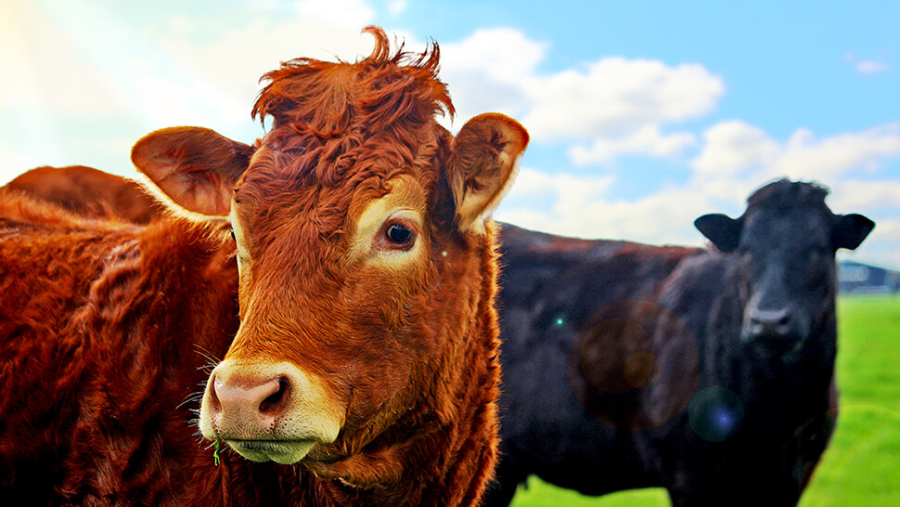

Following on from last month’s article concerning the statutory requirements relating to the welfare of sheep, and with spring calving under way, suckler and dairy producers also need to be mindful of the statutory requirements relating to the welfare of cattle and new born calves.
The legislation
In England and Wales, as with sheep, the welfare of cattle is protected by the Animal Welfare Act 2006 under which it is an offence to cause unnecessary suffering to any animal.
A separate Code of Recommendations for the Welfare of cattle is available and contains advice on best husbandry practices. Welfare codes are not law, but failure to follow their provisions may be used as evidence in court if a prosecution is taken for causing unnecessary suffering to livestock.
The Animal Health and Veterinary Laboratories Agency (AHVLA) carries out welfare inspections which may be planned visits, spot checks or following up allegations of poor welfare.
Castration of calves
Under the Protection of Animals (Anaesthetics) Act 1954 (as amended), it is an offence to castrate calves which have reached two months of age without the use of an anaesthetic.
There are three methods which can be used to castrate calves:-
-
a rubber ring or other device, which can only be used in the first seven days of life, by a trained and competent stock-keeper, to restrict the flow of blood to the scrotum;
- bloodless castration, by a trained and competent stock-keeper, by crushing the spermatic cords of calves less than 2 months old, with a burdizzo;
- castration by a veterinary surgeon, using an anaesthetic. Under the Veterinary Surgeons Act 1966 (as amended), only a veterinary surgeon may castrate a calf which has reached the age of two months.
Disbudding and dehorning
Under The Protection of Animals (Anaesthetics) Act 1954 (as amended), it is an offence to disbud calves or dehorn any cattle without the use of an anaesthetic other than when chemical cauterisation is used. Chemical cauterisation may only be used during the first week of life.
Single Payment Scheme
To qualify for the Single Payment Scheme, claimants must meet all relevant cross compliance requirements. Under the cross compliance rules, the following Statutory Management Requirements (SMRs) relating to cattle identification must be followed:-
- Ear tags and identification
Cattle keepers must ensure that all cattle born on or after 1 January 1998 have an ear tag in each ear (double tagging). Each tag must show the same unique number for that animal. The ear tag must be fitted within 20 days of an animal’s birth, with the exception of dairy cattle, which must have at least one tag fitted within 36 hours of birth.
-
Cattle passports and registration
Cattle born in or imported into Great Britain since 1 July 1996 must have a cattle passport. The passport identifies the individual animal and its movements and must remain with the animal throughout its life. Cattle keepers must make an application for a passport to the British Cattle Movement Service (BCMS) within 27 days from the animal’s birth.










